A representative of a business specializing in providing semiconductor design IP cores said that currently universities are training in the direction of basic science, but without access to technology, students will have difficulty finding jobs.
The viewpoint was expressed by Mr. Nguyen Phuc Vinh, Technical Director of Synopsys Vietnam, at the workshop "Current status of solutions in human resource training and research and development of semiconductor microchips in Vietnam" organized by the Ho Chi Minh City Semiconductor Microchip Association in coordination with the University of Natural Sciences (Ho Chi Minh City National University) on September 22. Synopsys is one of the world's leading companies specializing in providing copyrights, semiconductor design IP cores...
With many years of experience in the industry, he believes that universities need to train in the direction of basic science and technology approach. According to Mr. Vinh, each direction has its strengths. Basic science with a small invention or discovery can change an industry. However, if universities only train in the basics without technology approach, it will be difficult for students to find jobs.
Citing the chip industry as an example, Mr. Vinh said that current technology has progressed to 3 nm, and may soon reach 1.8 nm. The chip industry may even stop working on silicon as a base material when the technology reaches its limit and switches to other materials. Therefore, he suggested that in addition to basic research, there could be research topics and training methods to approach technology.
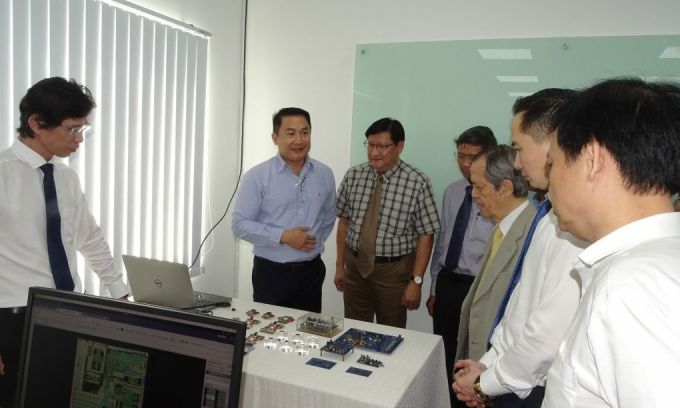
Some microchip products are manufactured and designed by enterprises in the Ho Chi Minh City High-Tech Park. Photo: Ha An
Sharing the same view, Associate Professor, Dr. Vu Thi Hanh Thu, Faculty of Physics - Engineering Physics, University of Science (Ho Chi Minh City National University) said that during the research process, she and her team had ideas about transparent conductive membranes with 2.5D structure. This technology is easier to apply in replacing damaged electrode positions in microchips than with conventional 2D structures. For this research to be applicable, she suggested that there should be regular monthly, quarterly connections... with businesses and experts.
Recognizing the role of basic research, Associate Professor Thu shared that being trained in basic knowledge helps scientists identify problems and quickly approach new technologies, understand the nature and trends of technology. Accordingly, training students in basic research, but with an application orientation is necessary. Basic research, but if connected to practical application orientations, along with the help of businesses, will help scientists broaden their vision and have applied products.
According to a Synopsys representative, the unit is currently working with universities to update the curriculum in the direction that some business and market subjects need to be converted into electives so that students interested in microchips can immediately find jobs, helping to reduce training time. The unit also supports drafting committees to build microchip training development programs according to international standards, and build standard output exams for students to improve human resource quality.
A representative of the University of Natural Sciences (Vietnam National University, Ho Chi Minh City) said that a semiconductor and nanophotonics technology laboratory will be built in the near future with a total budget of about 260 billion VND. Of which, businesses will sponsor about 80 billion VND for research and development of semiconductor components to serve the training and scientific research activities of lecturers and students.
Previously, Ho Chi Minh City High-Tech Park and Synopsys Company coordinated to organize training for human resources in microchip design by students and lecturers from three universities of the City National University. Accordingly, Synopsys Company will provide design software for training activities with the goal of creating high-quality human resources, according to the needs of businesses in microchip design.
Ha An
Source link


![[Photo] Moment of love: Myanmar people are moved to thank Vietnamese soldiers](https://vstatic.vietnam.vn/vietnam/resource/IMAGE/2025/4/3/9b2e07196eb14aa5aacb1bc9e067ae6f)
![[Photo] Special relics at the Vietnam Military History Museum associated with the heroic April 30th](https://vstatic.vietnam.vn/vietnam/resource/IMAGE/2025/4/3/a49d65b17b804e398de42bc2caba8368)
![[Photo] General Secretary To Lam receives Japanese Ambassador to Vietnam Ito Naoki](https://vstatic.vietnam.vn/vietnam/resource/IMAGE/2025/4/3/3a5d233bc09d4928ac9bfed97674be98)



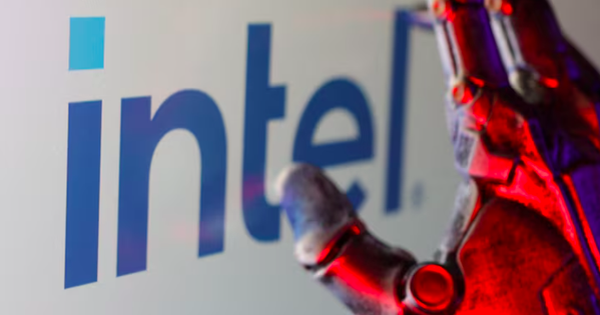

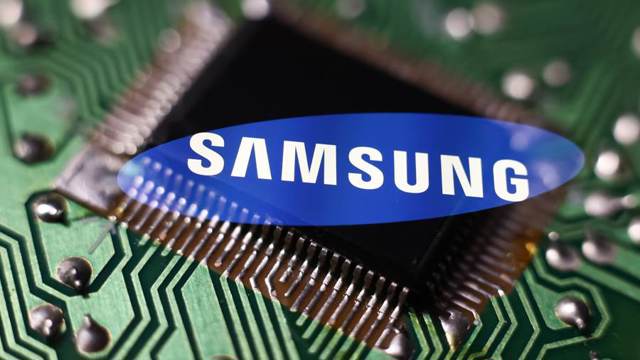

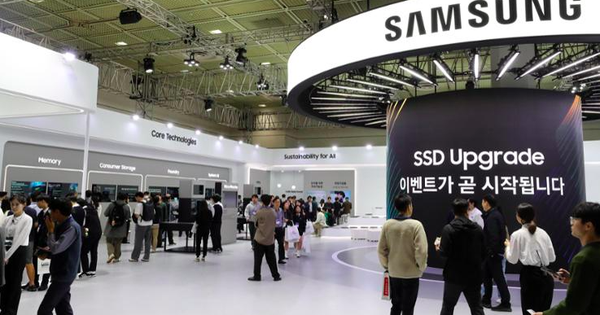

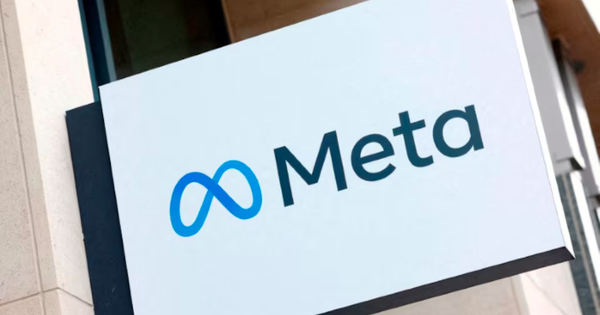



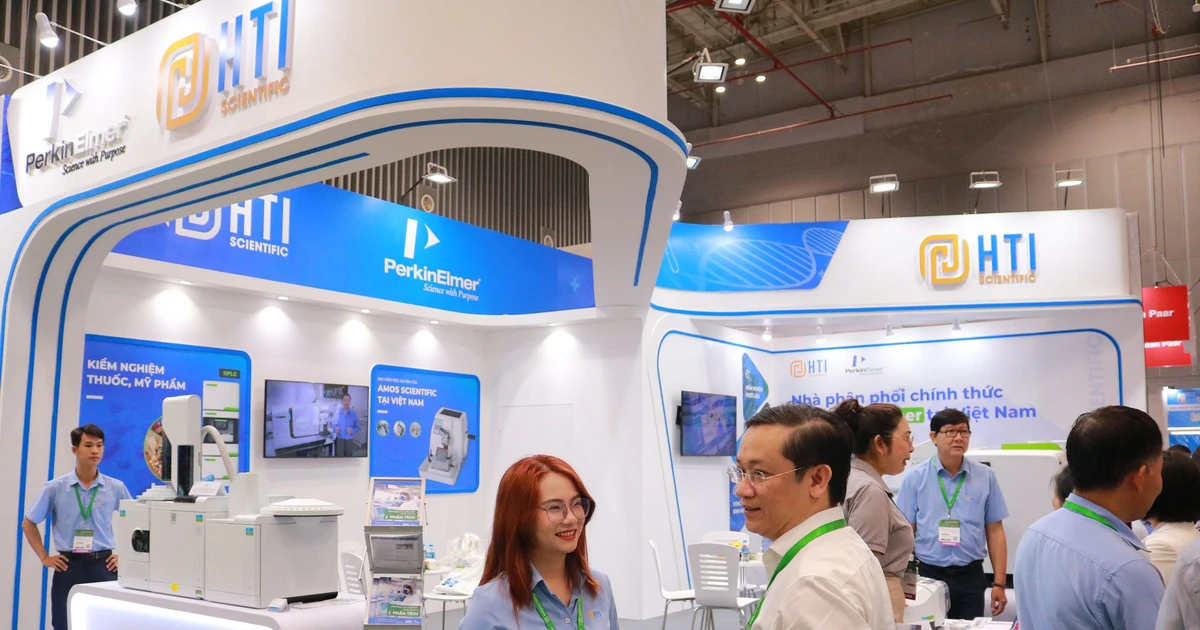
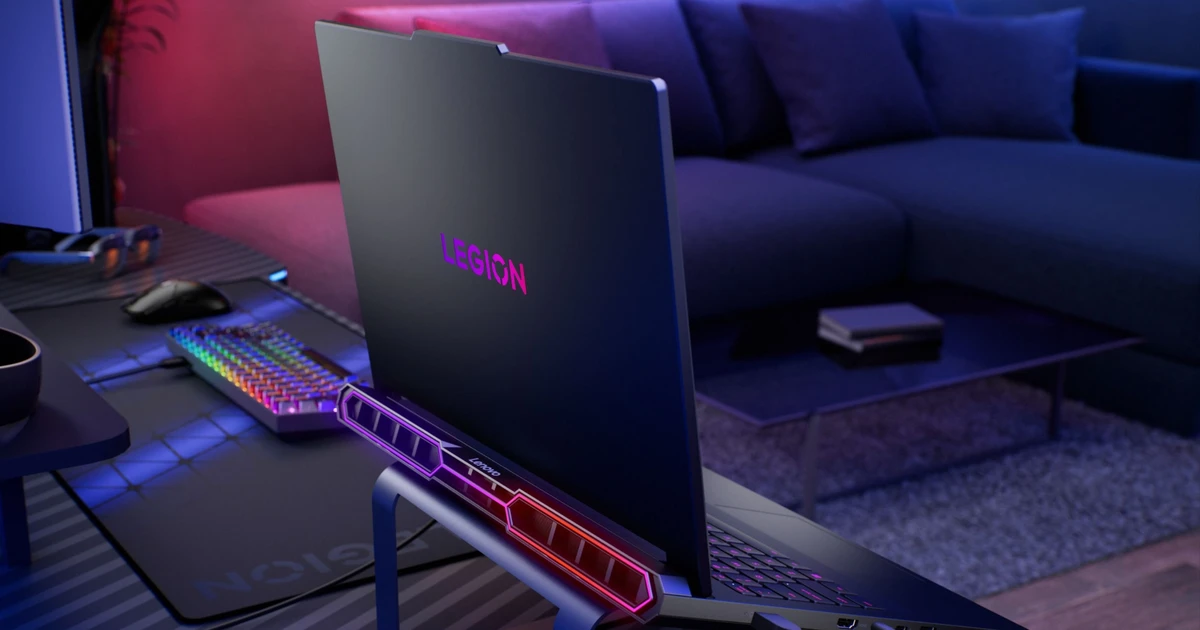

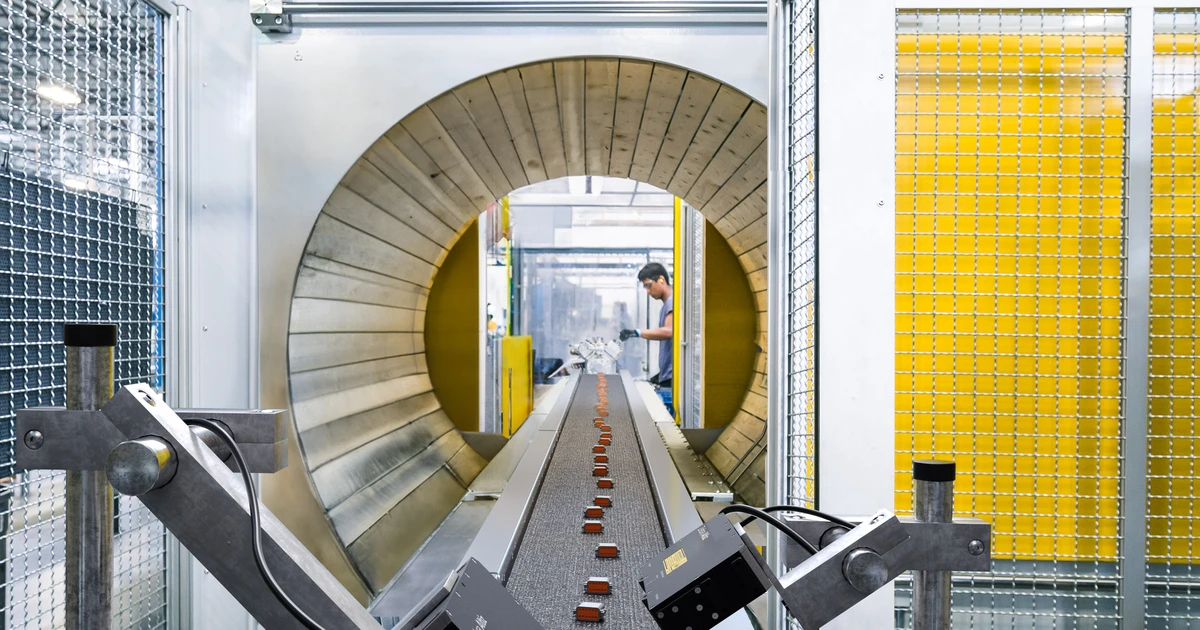




















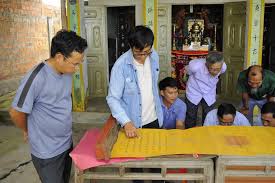




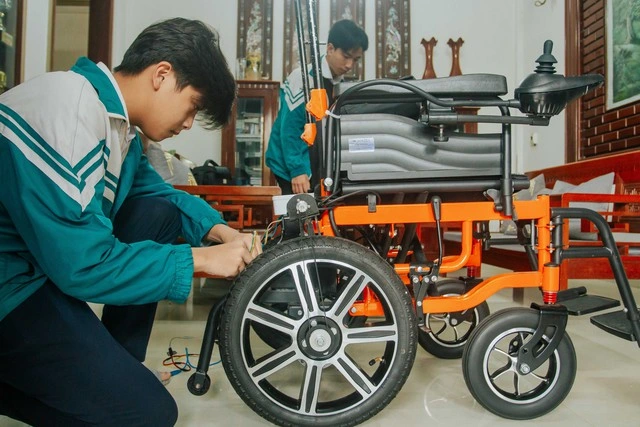
















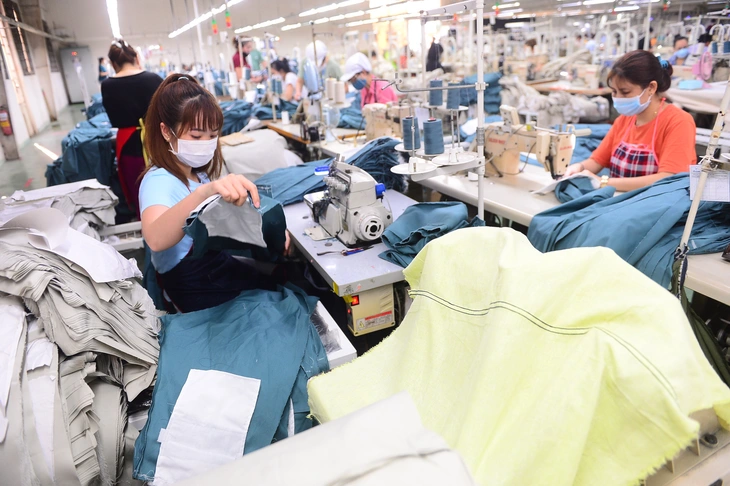
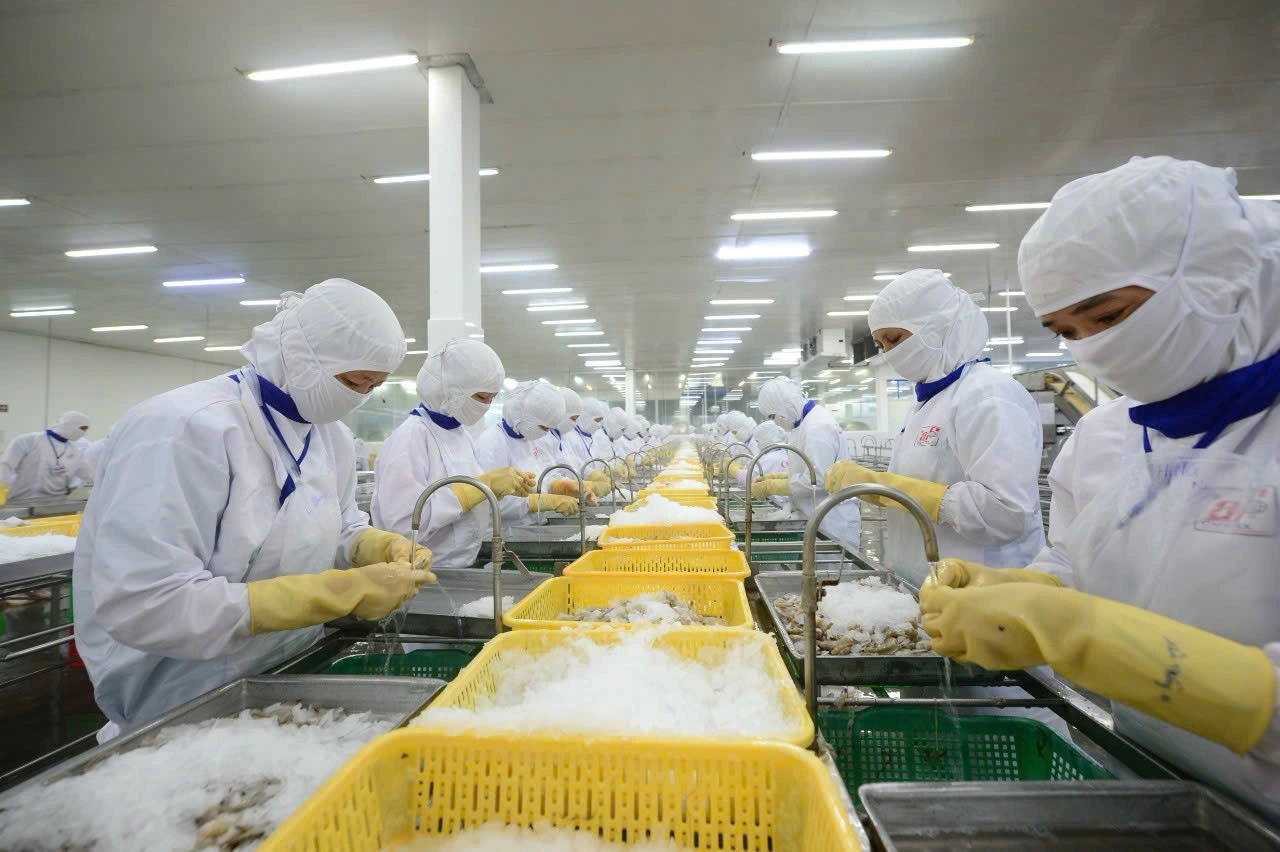

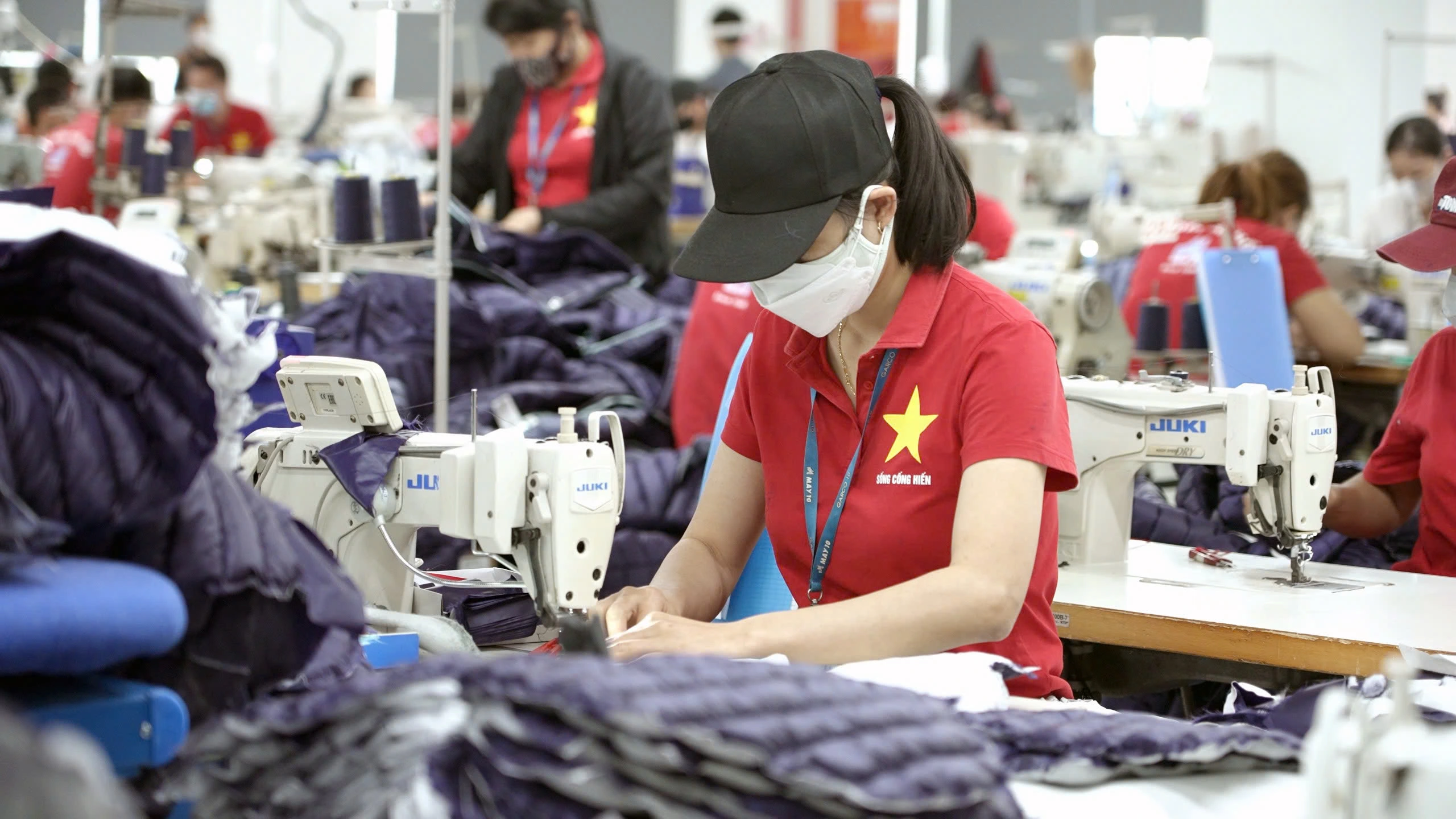










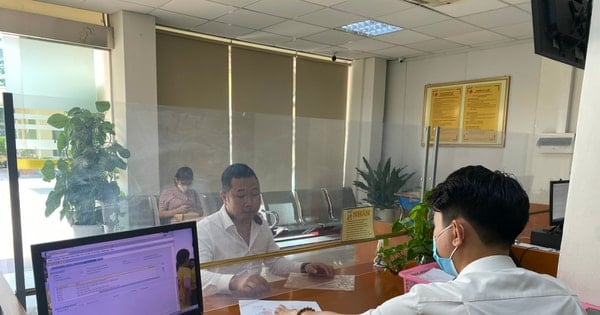


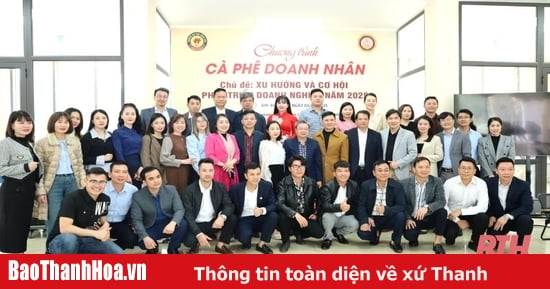














Comment (0)